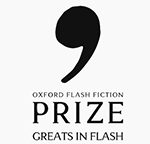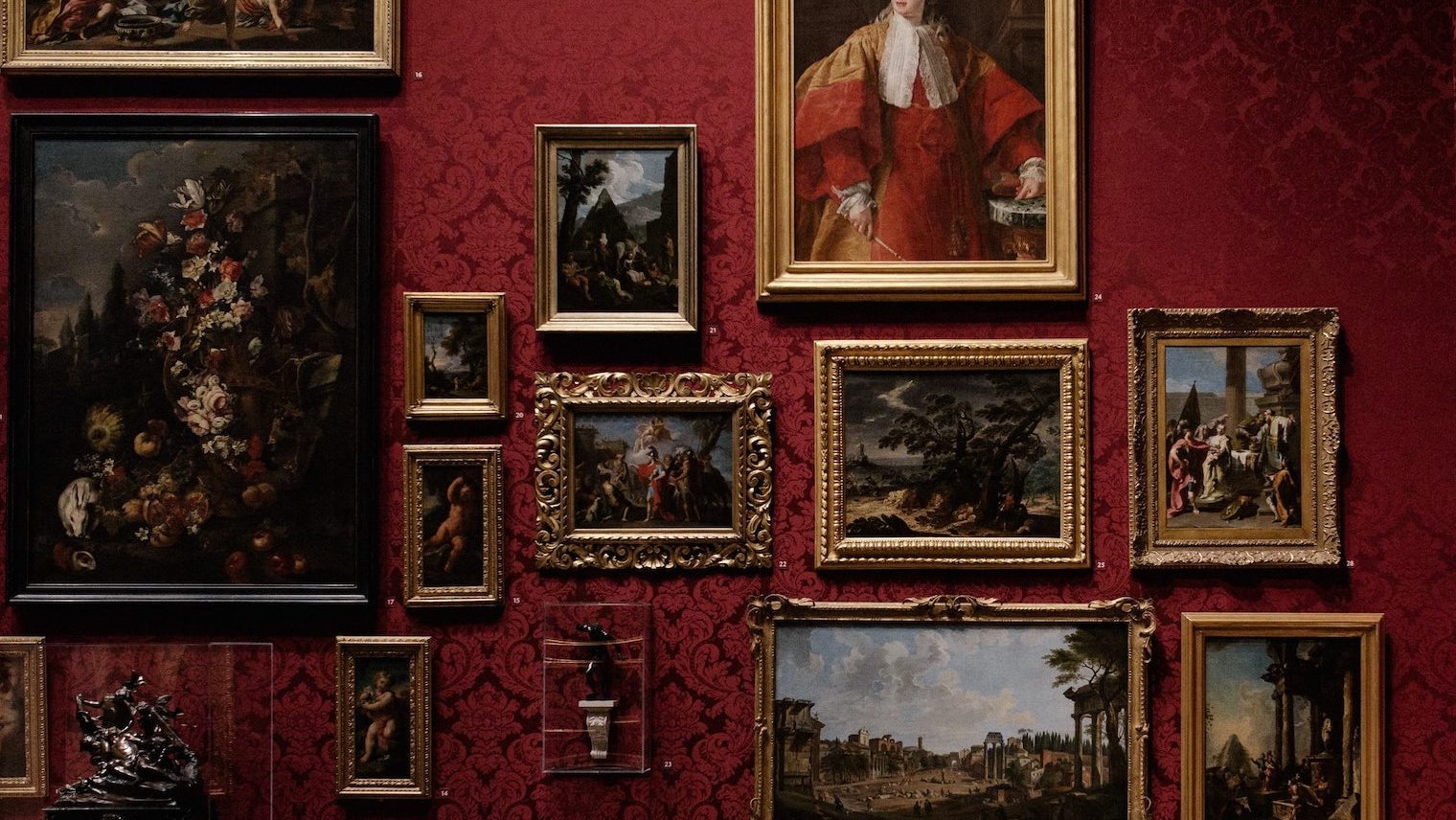At the Arts Council Annual General Meeting, it was decided that all of the public art that was off display and held in storage should be distributed among the population, and shown in whatever way the people saw fit. Those who wished to host artwork entered a lottery system, paying a flat rate of £10.99.
One of Monet’s waterlily studies arrived with Linda and Tony, who were ecstatic, and hung it upside down in their dining room. It could be seen from the road, and the couple would take cups of tea out to street enthusiasts, peering in through the perpetually open curtains. In the dead of night, precisely eight months into displaying it, the painting crashed to the ground. Tony had underestimated the weight of the frame and didn’t hang it properly. Neither the canvas nor their elderly dog Steve recovered from the fall.
The Digby family received a Mondrian and were devastated, they hated it. When the unmarked van had arrived and unloaded the painting, they had pleaded with the driver to give it to someone else, but even the offer of £50 wouldn’t make him budge. They left it in its wrapping on the kitchen floor and ignored it, until one night when Hugh could no longer take it, and he grabbed a sharpie and coloured in-between the lines. He later told this as an act of somnambulant vandalism, but his wife Patricia knew the truth.
The Pritchard home received a Vermeer, and proudly placed it above the mantelpiece in their living room. Mr. Pritchard didn’t like it at all, but knew that it raised his status, and saw how happy it made his wife to charge strangers money to look at a painting they knew was valuable, even if it was a bit boring and just old people from the past.
Absolutely everyone wanted a Turner, but only Bob Salmon got one, and he struggled to find the right place to put it on his narrowboat. As he waited, unable to decide, it lay flat on a shelf. His cat, Binks, liked the high sides of the frame (they made her feel safe), and she leapt onto the canvas and started using it as a bed. Initially Bob was incapacitated by anxiety, but then concluded that it was probably safer as a cat bed than on display, especially as no-one had seen him go out to meet the delivery person on the frosty towpath.
A group of students in Bristol received Tracy Emin’s ‘My Bed’ and decided that really, all art is palimpsest, and it would be an act of radical creativity if they all got in it at once and refused to get out. None of them studied art, so it came as no surprise to everyone else that they all failed that year, though they had sweetly and hubristically believed that what they were doing was bigger than the institution.
A young couple in Hackney received a full Martin Creed sound installation, which was rather large and required them to build an extension to house it. Thanks to a tip-off from a neighbour, the Council found out about the unplanned works and took them to court, and confiscated the art. Several unique screws were removed and lost, and the work can no longer be assembled.
A Spanish teacher from Crewe received a Maggi Hambling painting, and about a week later, Maggi Hambling herself showed up and set fire to his home and was last seen resisting arrest somewhere near the M6 round junction 16.
The Mallik family desperately wanted a Warhol, and instead received Hockney’s Garrowby Hill. When it arrived, Mr. Mallik was disappointed, but his eldest daughter Samira found such vibrant charm and wit in it that by the end of the year, she had moved to Kirby Underdale so that she could see the real Garrowby Hill every day. One of her friends upon coming to stay remarked that the colours of Yorkshire were nothing like Hockney’s vision, and asked Samira if she regretted her move, and Samira realised her friend didn’t understand how art feels.
Mr. Piszczek received Anish Kapoor’s Descent Into Limbo and built a special shed in his garden for it. He was mesmerised by it, the Vantablack soothed him into a state of deep meditation. He stopped going to work, all he could think of was his own private abyss. One day he crept down there and realised it was the only place he was meant to be. Aware of the licensing limitations of Vantablack, he bought a dupe online, and painted everything he could need to live down there, and then began to tunnel under the shed, expanding his subterranean void into obsidian oblivion.
In some ways, it was a good thing that the Arts Council had raised so much money through the lottery, as they had to recompense several institutions and individuals. At least twenty works of art were destroyed, some deliberate, others defined as acts of god by the insurance company who categorically refused to pay out. More than three hundred works were missing, and several hosts too. A retired dentist from Southampton was seen exiting the English Channel and heading into open water sitting atop one of Jeff Koons balloon dogs. She had placed a flag on the tail that read ‘LIVE’, which was all that remained when the dog was seen by satellite in the Pacific Garbage Patch.
I admire the cohesiveness of this story. The crisp sentences and vivid imagery complement each other beautifully, resulting in a fully immersive reading experience.
Mustapha Enesi
Happy Little Accidents posses a rare and often overlooked quality in fiction: an original idea in an original voice. Balancing humour with social commentary, I am looking forward to what this new author writes next!
Camilla Grudova
Meg Orpwood lives in Brooklyn with her three idiot cats, and writes about environmental science for a living. Her most prized possession is a plaster-cast of Nicolas Cage’s face, and she loves to arm wrestle though she rarely wins. She can be found on Twitter as @meg_orp, but be warned: her content is 99% cats.

